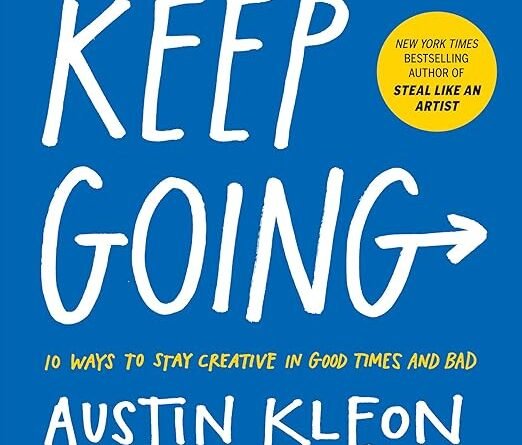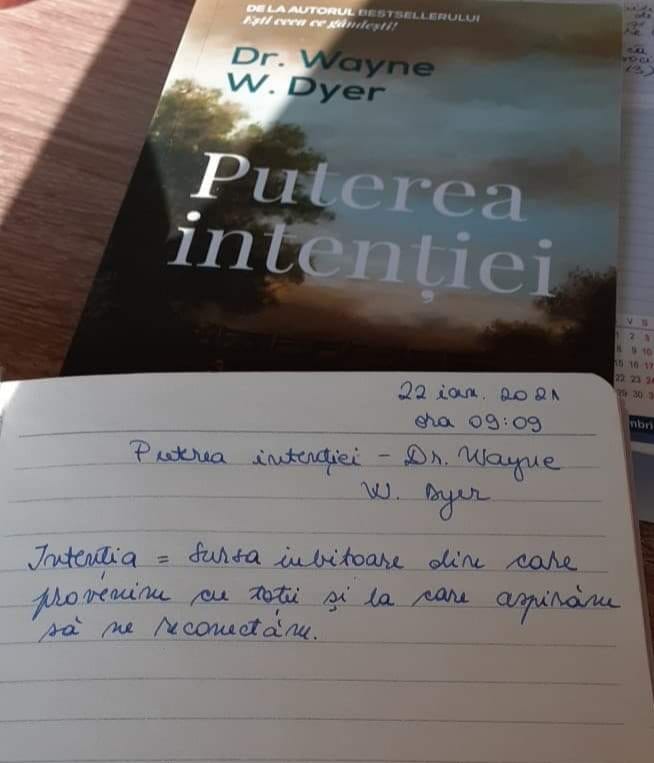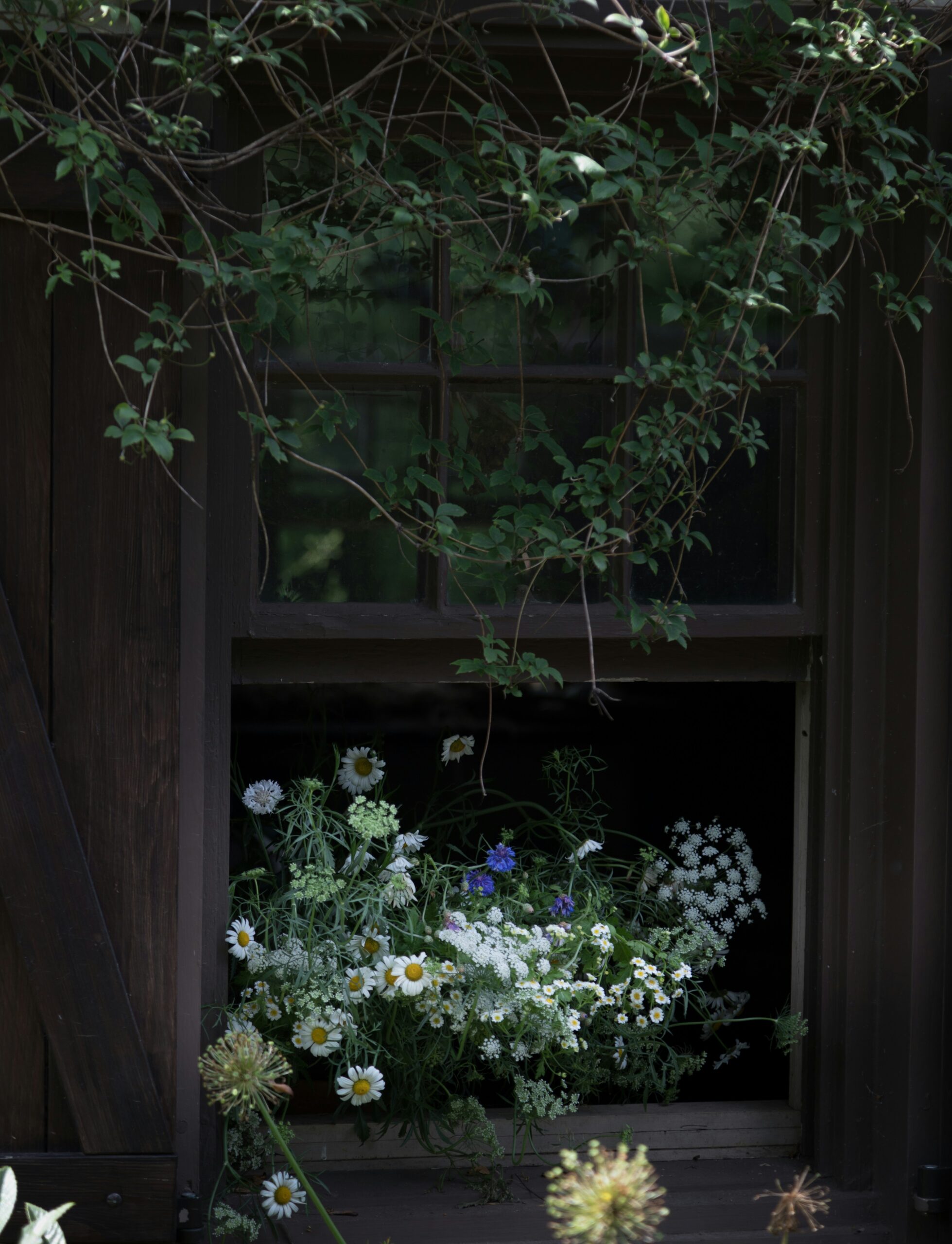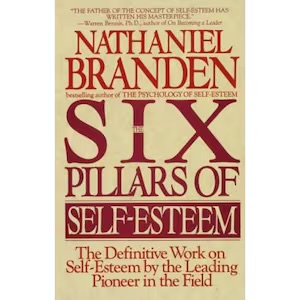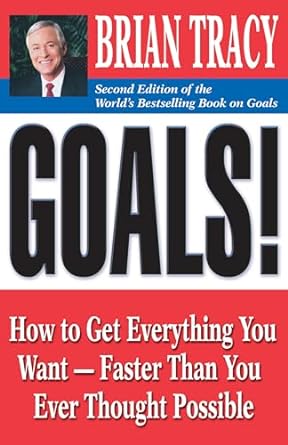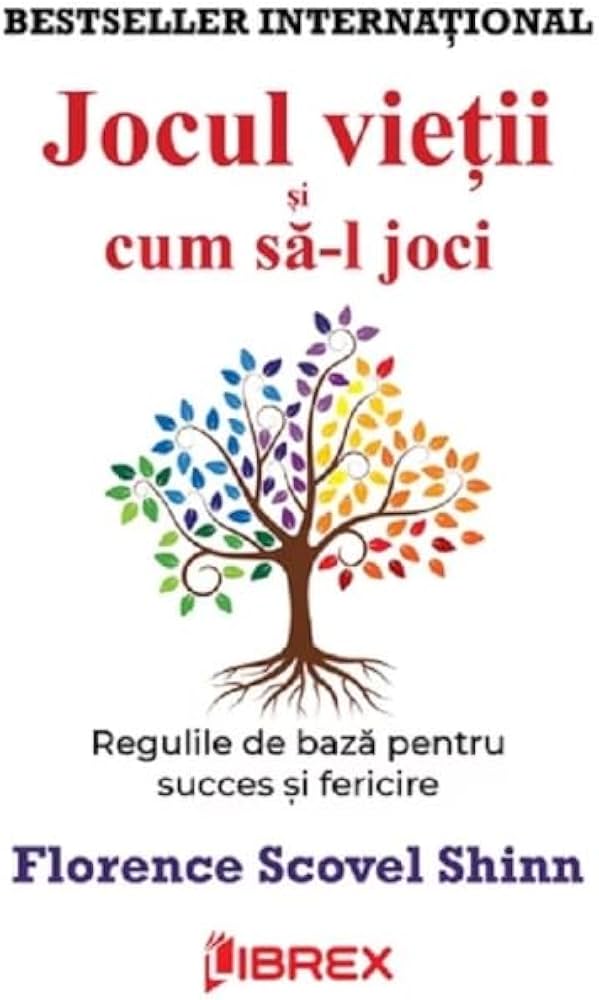Be Creative! The Inspiration from the Book of Austin Kleon
Introduction to the Concept of Creativity
Creativity is a complex concept, often associated with art, but it transcends its boundaries, having relevance in all fields of activity. Nowadays, creativity is recognized as an essential skill in problem solving, innovation, and adapting to the rapid changes of society. It is a motivational force that enriches our daily life, allowing us to think beyond the conventional and to explore our internal potential. This helps us express our ideas in a unique way, making each individual a creator of their own reality.
There are several types of creativity, such as artistic creativity, which involves visual or literary expression, and scientific creativity, which takes place in laboratories and experiments. There is also practical creativity, which manifests in solving everyday problems through innovative approaches. Each type of creativity plays a significant role in our daily activities, ranging from the simple organization of a workspace to the development of complex strategies in business.
Over time, it has been proven that we can learn to be more creative. Varied experiences, interactions with other people, and the exploration of different fields contribute to the development of individual creativity. Thus, cultivating a stimulating and open environment, both personally and professionally, is essential for boosting creative thinking. In this context, the book by Austin Kleon offers valuable perspectives on the creative process and methods by which we can integrate creativity into every aspect of our lives.
- Book – keep going: 10 ways to stay creative in good times and bad
- Language: english
- Binding: paperback
Who Is Austin Kleon?
Austin Kleon is an American author and artist, recognized for his innovative and inspirational approach to creativity. Born in 1983 in Texas, Kleon studied at the University of Texas at Austin, where he obtained a degree in communication studies. His career began in the field of graphic design, but Kleon gained international notoriety with his creative works that combine art and literature. His most popular work is the book “Be Creative!”, published in 2012.
With an accessible style, Kleon uses examples from everyday life and personal stories to encourage readers to develop their creative thinking. Through his book, he proposes the idea that inspiration can be found in the most unexpected places and that every person has the potential to be creative. This philosophy has had a profound impact on many people, stimulating their imagination and offering them a new way of relating to their own artistic expression.
In addition, Kleon has published other notable works, such as “Steal Like an Artist” and “Show Your Work!”, which continue to promote the core principles of creativity and originality. Through these publications, he has earned the status of a modern creativity guru, frequently invited to hold conferences and workshops internationally. His ongoing impact on the artistic and creative community is a testament to the value and relevance of his ideas. Austin Kleon remains a living example that, through careful observation, inspiration can be found all around us, influencing and transforming the lives of those willing to explore the creative world.
The Main Ideas from “Be Creative!”
The book “Be Creative!” by Austin Kleon puts forward a series of essential ideas that encourage readers to develop their creativity and to find inspiration in their environment. One of the fundamental concepts of the work is the principle “Create, Don’t Copy!”, which emphasizes that art and innovation do not require the replication of other ideas but rather their reinterpretation and adaptation to each individual’s personal context. This means that every person has the potential to contribute unique perspectives, thanks to their own experiences and influences. This principle calls for authenticity in the creative process, promoting originality.
Another important aspect presented by Kleon is the power of collaboration and community in stimulating the creative process. The author emphasizes that interactions with others can generate innovative ideas that would not have been produced in isolation. By sharing thoughts, receiving constructive feedback, and exchanging ideas with colleagues or friends, individuals can improve their work and expand their horizons. Collaboration is not only beneficial but essential, as creative communities provide mutual support and inspiration.
To find inspiration in the world around, Kleon suggests a series of pragmatic techniques, such as active observation or documenting one’s personal creative process. These approaches require individuals to be more attentive to external stimuli and to nurture their curiosity about the small details, which can lead to a revitalization of ideas. Through this method, readers can discover endless resources of inspiration in their everyday lives and create meaningful connections in their creative works.
Techniques for Stimulating Creativity
Creativity is an essential skill in many fields, from art to business, and stimulating it can lead to innovative solutions and original perspectives. One of the most effective techniques for stimulating creativity is brainstorming. This involves generating ideas without restrictions, which allows for a vast exploration of possibilities. In a brainstorming session, all participants are encouraged to express their thoughts, no matter how unusual they may be, thus creating an environment conducive to innovation.
Another useful method is the use of idea journals. This technique involves recording thoughts, observations, and inspiration in a dedicated journal. The regular practice of writing down ideas can help clarify thinking and identify creative patterns. Additionally, reviewing these journals allows one to revisit previous ideas that may not have seemed relevant at the time, but that can inspire new creations.
Exploring various artistic media can represent an invaluable source of inspiration. Interacting with art, whether by visiting exhibitions, participating in workshops, or even browsing through various forms of digital art, can open new perspectives on the creative process. This exposure to different styles and artistic techniques not only stimulates individual creativity but can also contribute to a feeling of creative community.
In conclusion, using these techniques – brainstorming, idea journals, and exploring different artistic media – can play a crucial role in stimulating creativity. By actively engaging in these activities, individuals can expand their horizons and develop their creative potential to a higher level.
The Role of Technology in Creativity
Technology has significantly transformed the creative process, having a profound impact on the way artists, writers, and content creators express their ideas. Digital tools, from graphic design software to online collaboration platforms, have become essential in the development of contemporary creativity. These technologies offer considerable advantages, such as resource accessibility and the ability to quickly experiment with various techniques and styles.
A major advantage of using technology is the ability to collaborate with other creators from around the world. Platforms such as Google Drive or Dropbox allow for file sharing and real-time feedback, facilitating joint projects that combine diverse perspectives. In addition, applications like Adobe Creative Cloud offer a wide range of tools that stimulate innovation and efficiency in the creative process.
However, there are also disadvantages associated with the use of digital technologies in creativity. Excessive dependency on technological tools can lead to a reduction in critical thinking and originality. Moreover, the high accessibility of information can lead to information overload, and creators might feel a constant pressure to remain relevant in an ever-changing digital landscape. There is also a real concern regarding the risk of copying ideas, given how easily one can access others’ work.
In conclusion, technology plays a significant role in stimulating creativity, offering both opportunities and challenges. Effective management of these resources can lead to the development of creative skills in an innovative and collaborative way, thus boosting artistic and cultural progress.
Practical Creative Exercises
In his book, Austin Kleon offers a wide range of exercises designed to stimulate creative thinking and help readers develop their artistic skills. These activities are designed to be accessible and achievable so that everyone can participate, regardless of their level of artistic training. Among these are daily challenges that encourage participants to engage in creative activities regularly, as well as artistic projects that they can complete at home.
One example of a daily challenge is writing down three things that caught your attention each day, thereby encouraging active observation of the surrounding environment. This practice not only improves observation but also fosters openness to the inspiration found in everyday life. Additionally, Kleon also suggests creating a “sketch week,” where individuals can dedicate time to sketching ideas or original concepts, focusing not on perfect creativity, but on the process of expression.
In addition to these individual exercises, Kleon encourages collaboration among creators by suggesting that those interested participate in group projects or combine their styles with others. This interaction with diverse perspectives and techniques can open new directions in exploring creativity. These exercises are not only fun activities but become essential tools in building a creative discipline and a productive routine that benefits personal and artistic development.
How to Encourage Creativity in Your Community
Encouraging creativity in your community can bring significant benefits, both for individuals and for groups. One of the most effective ways to create an environment conducive to creativity is to organize events that stimulate imagination and collaboration. These events can range from creative workshops to brainstorming sessions, where participants can share ideas and inspire each other.
Another essential element is creating an open space for discussion and feedback. It is important that community members feel comfortable expressing their ideas without fear of criticism. By encouraging free dialogue, you can cultivate an atmosphere of trust, which is essential for fostering creativity. Additionally, facilitating regular meetings can help maintain a constant flow of ideas and diverse perspectives.
Whether you work in a team of colleagues, a circle of friends, or in a family, it is vital to recognize and embrace the different ways of thinking and individual creative approaches. This can be achieved through various strategies, such as organizing role-playing sessions or group challenges that encourage innovative thinking. Shared resources, such as books, articles, or even inspiring films, can be used to stimulate discussions and generate new ideas.
In conclusion, cultivate creativity in your community by organizing events, creating a supportive environment, and encouraging diversity of thought. These strategies not only improve collaboration but also contribute to the development of a culture of innovation that benefits everyone.
Case Studies: Those Who Have Applied Kleon’s Concepts
Austin Kleon, in his works, proposes a series of concepts that encourage creativity and innovation. Many individuals and organizations have chosen to integrate these ideas into their professional and personal lives, generating remarkable transformations. A notable example is the case of a small advertising agency in San Francisco. Following the adoption of the principle “steal like an artist”, the team began to collaborate more efficiently, inspiring each other and combining external ideas to create original campaigns. This led to a boost in creativity and financial success, with the agency recording a 40% increase in revenue in just one year.
Another noteworthy case study is that of a debut author who applied the concept “write a string of things that interest you”. This individual kept an inspiration journal, documenting everything that fascinated him. This technique resulted in the completion of a book that became highly appreciated due to the sincerity and originality of its literary voice. The author emphasized that simply keeping this journal was the catalyst that transformed the initial idea into a published project.
Ultimately, these case studies illustrate not only the applicability of Kleon’s concepts but also the positive impact they can have on individual and group creativity. Whether it is innovative advertising agencies or emerging authors, Kleon’s ideas demonstrate that inspiration can come from a wide range of sources and that collaboration can lead to extraordinary outcomes. These transformations are clear evidence of the power of creativity-led approaches, supported by the methods presented by Kleon.
Conclusion: Be Creative Every Day!
Creativity is an essential element of the human experience, with the potential to transform perspectives, generate innovative solutions, and enrich daily life. In light of the ideas presented in Austin Kleon’s book, it is crucial to remember that each of us has the ability to be creative, regardless of our previous experience or talent. It is important to develop our own creative style, to take risks, and to let ourselves be inspired by everything that surrounds us.
To cultivate creativity, readers are encouraged to explore new forms of expression, allow themselves to make mistakes, and consider failure as part of the creative process. It is essential not to limit ourselves to existing patterns, but to always seek sources of inspiration in the nature around us, in social interactions, or in the art of others. This exploration not only enriches our perspectives but also helps us develop our own ideas.
This is a call to action for all those who aspire to live a creative life: every day, find time to create, to collaborate, and to share ideas. In a world that values innovation and originality, creativity proves to be a valuable resource. Do not hesitate to reach out to creative communities, to participate in workshops, or to use digital platforms to expand your horizons. Remember, every step is an opportunity to learn and to grow, and creativity is the key that opens doors to various aspects of life.
What is creativity and why is it important in our lives?
Creativity is the ability to generate new and original ideas or to approach problems from innovative perspectives. It is essential in all areas because it stimulates innovation, adaptability, and effective problem solving. In personal life, creativity enriches experiences and helps express who we are, while in the professional environment it contributes to individual and collective success.
Who is Austin Kleon and what impact does he have on modern creativity?
Austin Kleon is an American author, artist, and speaker known for his works that explore creative processes. Among his most popular books are “Be Creative!”, “Steal Like an Artist”, and “Show Your Work!”. Kleon promotes the idea that everyone is capable of being creative and that inspiration is found all around us. Through his books and lectures, he has influenced both artists and professionals from various fields, inspiring them to harness their creative potential.
What are the main ideas in Austin Kleon’s book “Be Creative!”?
The book “Be Creative!” focuses on several fundamental ideas:
Create, Don’t Copy: Originality comes from reinterpreting one’s own experiences, not from mechanically copying others.
Find Inspiration in the Everyday: Active observation of the world around you can become a source of ideas.
Collaborate: Sharing ideas with others can stimulate new perspectives.
Document the Creative Process: Recording thoughts and ideas can reveal creative patterns useful for the future.
How can creativity be cultivated through practical techniques?
There are many practical techniques for developing creativity:
Brainstorming: Rapid generation of ideas without judgment.
Idea Journals: Daily recording of thoughts and inspirations.
Exploring Other Artistic Media: Visiting exhibitions or participating in workshops can offer new perspectives.
These methods help stimulate innovative thinking and build a creative routine.
How does technology influence the creative process?
Technology provides powerful tools for creators, such as graphic design software and online collaboration platforms. It facilitates idea sharing and access to resources. However, dependency on technology can diminish critical thinking or originality, and information overload can lead to a loss of focus. Balancing the use of technology is essential to maximize its creative benefits.
What creative exercises does Austin Kleon recommend for stimulating creativity?
Kleon proposes several exercises:
Noting three things that inspired you daily: This helps train active observation.
Creating a “sketch week”: Free drawing or writing to uncover new ideas.
Collaborating with Others: Group projects can generate different perspectives and inspiration.
These exercises are simple yet effective in building a creative routine.
How can creativity be encouraged in a community?
Community creativity can be stimulated by:
Organizing Workshops and Brainstorming Sessions: These encourage collaboration and idea sharing.
Creating a Safe Space for Idea Expression: Positive and open feedback promotes confidence.
Promoting Diversity of Thought: Embracing varied perspectives enriches the creative process.
These strategies contribute to creating an environment conducive to innovation.
How can creativity influence personal and professional success?
Creativity enables individuals to solve problems innovatively, develop effective solutions, and adapt to change. Personally, it helps express uniqueness and manage everyday challenges. Professionally, creative thinking enhances performance, generates original ideas, and contributes to building a successful career.
What impact have Austin Kleon’s ideas had on other creators?
Kleon’s ideas have been adopted by numerous individuals and organizations. For example, an advertising agency applied the principle “steal like an artist” to stimulate collaboration and creativity, leading to a significant increase in revenue. A debut author, inspired by the idea journal technique, managed to publish his first book. These case studies demonstrate the applicability and positive impact of Kleon’s concepts on creative success.
How can creativity be integrated into your daily routine?
Creativity can become part of daily life by:
Active Observation: Find inspiration in the small things around you.
Constant Expression: Dedicate daily time to drawing, writing, or another creative activity.
Exploration: Try new activities or learn a new skill.
Feedback and Collaboration: Work with others to further develop your ideas.
Integrating these practices helps maintain a continuous flow of creativity and innovation.
